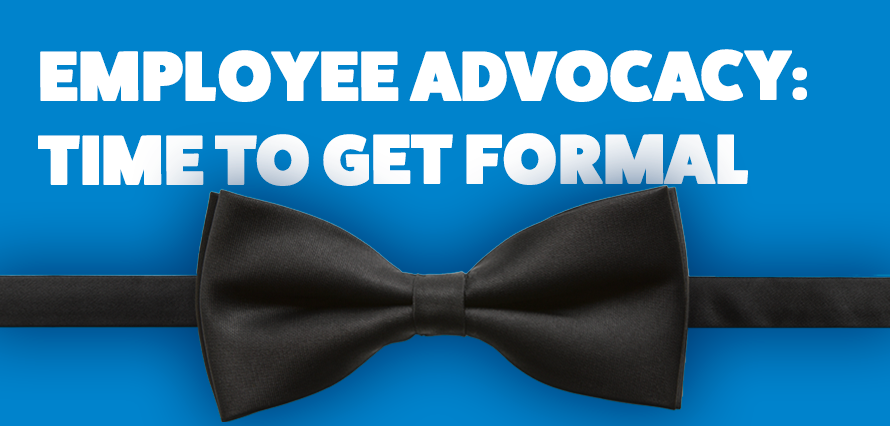August 9, 2021

This is part two of our Employee Advocacy series. For part one, click here: https://immediatefuture.co.uk/blog/employee-advocacy-how-did-we-get-here/
We recently covered our initial findings from our Employee Advocacy webinar, sharing the insights gained from our expert panel on why there has been such a sudden rise in Employee Advocacy, and what you can do to catch up. However, we only covered a fraction of what our expert panel discussed during the webinar. So time for more learnings!
As a refresher, we were joined by Malin Liden, Vice President and Head of EMEA Marketing Transformation Office at SAP, Tim Williams, CEO of Onalytica and Anita Veszeli, Director of Social Media and Advocacy at Ericsson. Immediate Future CEO Katy Howell oversaw the discussion, which ranged from best practices and lessons learned across years of experience, to valuable predictions about where employee advocacy is headed. Don’t feel like reading? You can watch the full webinar here:
https://www.youtube.com/watch?v=gGNbSXkADUk
So, we now understand the why of Employee Advocacy, and how you can get started in your own company. Let’s cover step two: a more formal approach to the process, and what kind of content your employees should be sharing with their engaged audience.
Pillars come in threes
Anita kicked us off with her exploration of the three main pillars that should be in place to make employee advocacy a success.
- A simple, shareable tool: depending on the size of a company, there will be a multitude of different personas that each require different content for their audience. What is needed for the Sales department to perform strong employee advocacy is entirely different to the PR department. Add in Engineers, Marketing, Executives, and you get the idea – everyone needs to have easy access to one tool to make this work.
- Training and enablement: without adequate training and support, teams won’t feel motivated, or won’t even know where to start with Employee Advocacy. How do you become a thought leader? Is it as easy as writing a Tweet once a month? Provide support for your team so that they can become effective advocates for your company.
- Community: your employees should feel part of a wider community, which ties into internal employee engagement. When you’ve built a community around Employee Advocacy, then the full weight of the company is there to support each other and present an engaged, interested and informed persona to potential customers.
It’s a culture of advocacy
Malin chimed in by highlighting a specific quality you need to be successful in Employee Advocacy: an open culture. This ties into Anita’s second point around training and enablement.
When a company tries to control, micro-manage and limit a message, it becomes like holding back a wave of water with your hands. It simply doesn’t work. Instead, we must turn around and ride the wave, recognising that it might go wrong, that someone may say something that isn’t approved, but understanding that employees will make comments regardless. It is important to have an open culture where you know your employees are aligned to the ideals of the company and live them so that when they do make comments, you can be confident that they are presenting the brand in the right way, warts and all.
A strong culture also nurtures more constructive discussions. When everyone is talking or sharing their ideas for how to improve, and when everyone feels comfortable to acknowledge mistakes, the company can improve on multiple levels.
So, what should the content be?
Well, that’s the wrong question to ask, really, because it is too prescriptive. Tim jumped in to say, “Every organisation has the ingredients, but it’s the cake you’re looking for.” You need to have leadership bought in, you need to have social teams realise it’s not 100% their job, but 1% everyone’s job. Once that culture is ingrained in the company, social can start benefitting from content enablement, rather than content creation.
With that shift in focus, Employee Advocacy becomes less about changing brand logos and creating an image, and more about coming together to decide how we can use the different personalities within the company to help them find their own voice. Content should be personal, passionate and unique to the employee. From one-to-one coaching to webinars, to in-person training, all employees should be on board with speaking in their own voice, even the social team.
With the three pillars in place, an open culture ingrained in the company and a shift in focus around content creation, Employee Advocacy will naturally start to take hold and flourish.
And that’s all for the insights from our webinar! For more in-depth analysis of all things social, stay tuned to our blog, and otherwise, head over to our social channels for more information!